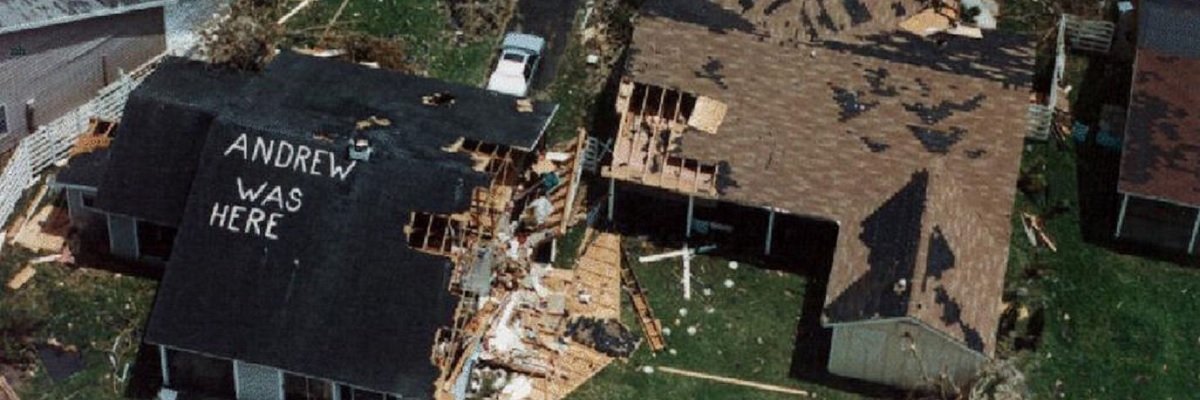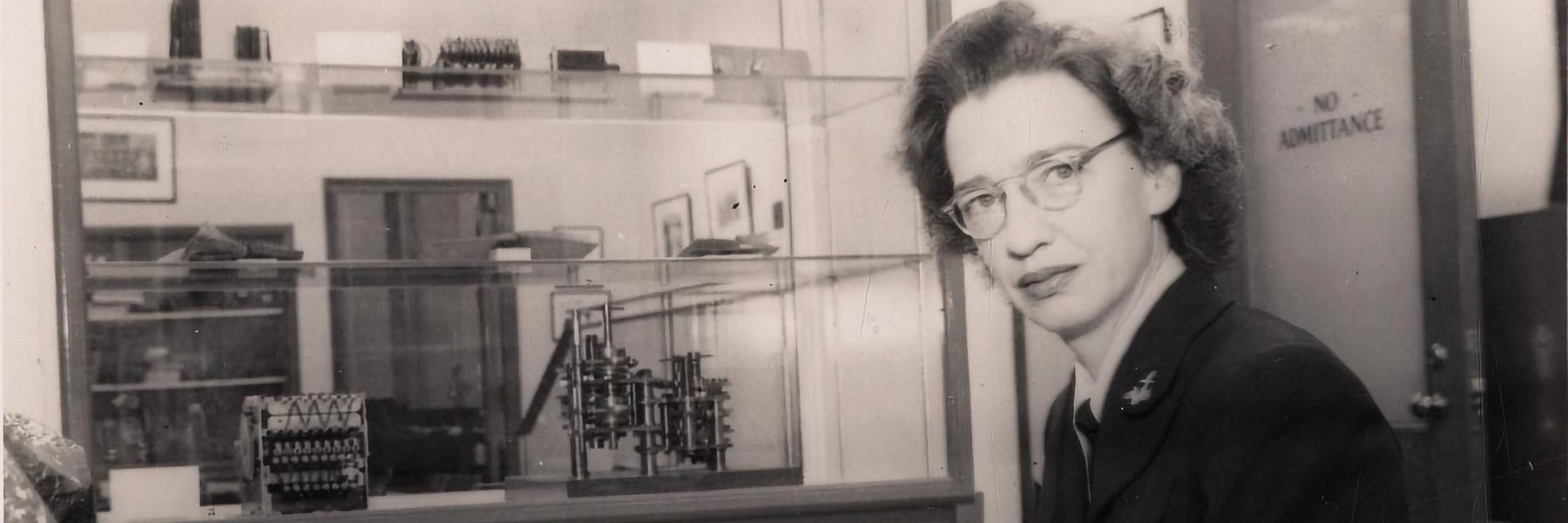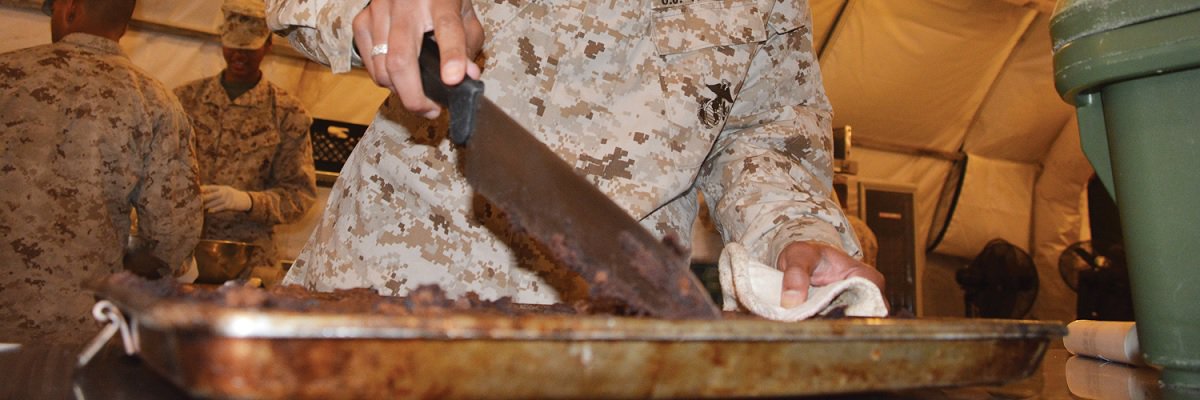As communities ravaged by Hurricane Sandy face a long recovery, federal troops have mobilized to assist local and state authorities overwhelmed by the scale of the damage. The military’s hurricane response effort will be guided by its past experience with disaster relief on a large scale.
Documents released to MuckRock illuminate lessons the Defense Department took from its response to Hurricane Andrew in August 1992, which destroyed thousands of homes across Florida and Louisiana and left thousands without power.
The released Defense Department working paper, written less than two weeks after the storm made landfall in Miami-Dade County, outlines “highlights from the JTF [Joint Task Force] Andrew experience” as summarized from a range of post-response reports produced by the Army, Air Force and other military units in the wake of Hurricane Andrew.
Takeaways from Hurricane Andrew in its immediate aftermath included the importance of overcoming relief coordination problems, adequately equipping and preparing military units for disaster relief missions, and maintaining public confidence in the wake of disaster.
The Army faced a number of coordination obstacles in its response to Andrew, beginning with damage assessment. The hurricane’s scale, which was the most damaging in history to date, rendered local authorities “incapable of accurately assessing their own condition.” The military, Federal Emergency Management Agency (FEMA) and local governments each conducted their own damage assessments without coordination or information-sharing, “which resulted in duplication of effort” and delay of actual services.

The paper outlines a critical lesson: the military and federal agencies should not “waste time waiting for accurate assessments, but use their experience to push obviously-needed assistance toward devastated communities before citizens begin to die for lack of it.”
Coordination issues made it difficult to establish a “definable and attainable end-state for military support activities” once civilian agencies were able to resume responsibility for recovery operations.
Communication problems between federal and local authorities also hampered relief and law enforcement coordination. Some National Guard units and local agencies were not equipped with radios compatible with those used by the Army. The working paper emphasizes that it is “imperative to assign MP [military police] liaison officers to local law enforcement agencies and Army National Guard” to facilitate communication among government levels.
The report examines preparation steps that might have been taken ahead of the hurricane to ease recovery efforts once it made landfall. Foremost is the need for pre-positioned contracts for disaster response services, since service providers contracted mid-disaster “charged whatever they thought DoD might be willing to pay.”
Supplies provided to troops were themselves inadequate in key ways. Instead of four-wheel drive vehicles, soldiers were deployed in humvees, which are “dangerous in urban settings.” There was no coordination of maps issued to military personnel: over 300 different maps “of all varieties” were reportedly being used by different military units deployed to Florida. And without a central catalog of disaster relief supply items, the military’s hurricane response faced considerable “wasted research, repackaging, onloading and offloading of trucks, etc. just when troops are trying to respond quickly to emergency needs.”
Finally, soldiers lacked sufficient preparation regarding their rules of engagement in a disaster response scenario on the scale required by Hurricane Andrew. Federal soldiers deployed domestically cannot engage in law enforcement activities except where specifically authorized, which can potentially muddle limits on detainment use of force. The specific rules of engagement should be provided in advance to anticipate and clarify any gray areas, “in fairness to the soldier.”

In addition to outlining coordination and preparation obstacles, the working paper focuses extensively on the impact disaster relief can have on the military’s public’s image. Commanders must be sensitive to criticism from affected communities: “It is almost a given that some citizens will say that the military response was too slow, because they have an idea of military capability, they need help immediately, and they may not know or care about the need for the military to be in a supporting role to civilian officials.”
Military commanders must carefully consider whether armed soldiers generate confidence or fear on balance, and should engage with the public through their local agency partners: “It’s important that soldiers be encouraged to talk to local citizens–this is America! But remember that American civilians don’t use military acronyms, so speak in plain English. [....] do not say ‘Psyop’ on the streets of America.” The working paper suggests that military personnel seek out mail carriers once service resumes as a “good way to know the pulse of the local community.”

The military’s considerable humanitarian assistance to repair damage, clear debris, provide food, shelter and water, and restore communications infrastructure generated “great community enthusiasm for the military,” which troops should seek to maintain in future disaster operations. Soldiers should “use their initiative in helping citizens as they see needs in the field,” and do so without discrimination: the paper explicitly directs military responders to “stay out of inquiry into the legal status of people seeking help,” since “humanitarian aid is sufficient justification to help people, even if they aren’t citizens.”

This emphasis on cultivating a positive impression and public confidence in the military is echoed in other Defense Department documents related to hurricane response. Earlier this year, the Defense Department released its protocols governing federal troops deployed domestically, including for post-disaster relief missions. According to that protocol, one of the core objectives that guide military hurricane relief effort is to “maintain the public confidence in the US Government and the DoD.”
Hurricane Andrew’s unprecedented damage posed a number of novel challenges for the military personnel deployed to assist local authorities. The lessons drawn from the relief effort shaped future responses to weather emergencies, including Hurricane Katrina in 2005 and last month’s Hurricane Sandy.
Read the documents embedded below, or on the request page.
Image by Wikimedia Commons




